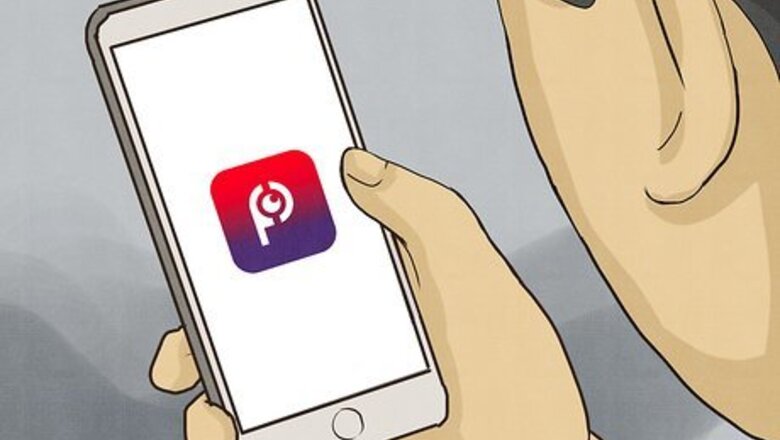
views
Using Dating Apps

Choose an app that’s a best fit for the type of arrangement you want. Optimize your search and jump into a dating pool that’s right for you. Read the mission statement of an app and user testimonials to see if it’s targeted toward a more diverse group of daters. Steer clear of any apps or dating services that seem to promise “the One” or a single lifelong partner. You’ll save yourself a lot of time in the long run. Feeld caters to “alternative” lifestyles and open relationships. You can link one partner to your profile. #Open is designed for non-monogamous dating and includes a calendar of events where you can meet poly people. MoreThanOne helps poly people match with people interested in serious relationships. It doesn’t have a “swipe” feature and focuses on detailed profiles. Polyfinda is for poly people seeking dates, friends, or events. Its “open profile” format that lets you write in anything you want to. OKCupid now allows you to list yourself as polyamorous and search for others with your same relationship style. Bicupid began as an app to link bisexual people together but is now used by poly people with a wide range of orientations and relationship preferences. Downdating lets you decide if you want to “date” or “hook up” but isn’t specifically advertised to poly people.

Make a clear and honest dating profile that includes your expectations. Whether you’re on a platform with a mix of poly and monogamous people or an app specifically designed for open relationships, transparency is key. Write about yourself, any relationships you’re currently involved in, and your desires for future connections. Your openness will attract people who resonate with your lifestyle and outlook. If you’re on Hinge or Bumble, two apps traditionally used to date monogamously, it’s extra important to be upfront. You can even crack a joke like, “I know this is the app designed to be deleted, but I’m poly, so I bought an annual subscription.” Even if you can’t link your partner(s) on your profile, let people know if you share your account and want to date as a couple, triad, quad, or any other relationship configuration. If you're interested in people of a different gender, ask a friend of a different gender to take a look at what you've written in your profile. They might suggest taking something out or tweaking what you've written.
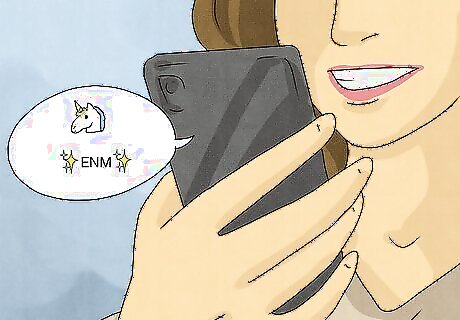
Meet like-minded people who are specific about what they want. When you’re out in the real world, such as a cafe or a bookstore, it’s hard to tell who’s also poly or to bring up that you’re ENM. Dating apps offer the perfect opportunity to express what you’re looking for and browse profiles until you find someone interested in your lifestyle. People can put certain “codes” in their profiles, like “????” to jokingly say they’re a “rare unicorn” that wants to date a couple, or subtly leave “✨ENM✨” to signal that they’re poly. A dating app also helps you to break the ice and feel more confident. For instance, if someone’s already “swiped right” on you and your profile said you’re poly, it’ll be easier to start a conversation about what you’re looking for.
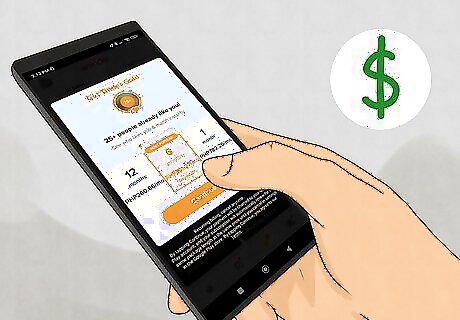
Consider the challenges apps present, like financial or emotional costs. You might have to pay a monthly fee if you want to view who “liked” you or have access to more features, such as seeing “read” receipts or activating filters to find an ideal match. On top of that, you may encounter people who want an exclusive relationship and neither understand nor desire poly. Remember to check the “T&C,” or Terms and Conditions, of the app. Make sure that the app is designed to protect your privacy. Determine what features feel like they’re “worth” it. For example, you might say, “$25 seems fair because I’ve already set up four dates after upgrading my subscription.” Remain upfront and respectful with anyone who wants monogamy. Tell them something like, “It totally makes sense that you’re on this app to look for that. I’m searching for a different situation. I wish you the best!”
Attending Poly Meetups
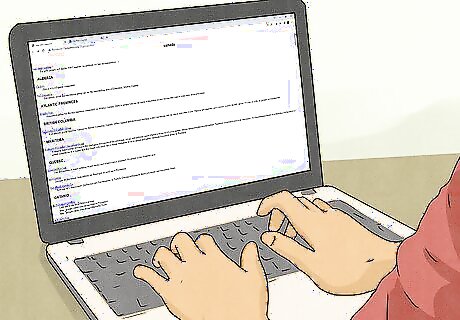
Join an online poly network that posts events. Many regions have special online bulletin boards or websites where you can post on forums and check out a calendar of events. Major cities also tend to host poly events in cafes or other community spaces. http://www.polyamory.org/SF/groups.html offers a comprehensive database of online poly communities around the world. If you have the bandwidth, host your own events and promote them in order to provide new avenues for poly people to meet up and form connections. It can really pay off for you, too, and you might just meet someone special.

Use an app like Meetup and search for local get-togethers. Websites like Meetup allow you to create an account, write a profile, and search for groups based on similar interests. Not only are there plenty of communities specifically geared toward poly people, but there are really niche clubs too. For example, you can find a group like “Poly Sci-Fi Fans in the Tri-State Area.” Meetup allows you to build all kinds of connections, including romantic ones. If you want to date right away, RSVP to events that are clearly focused on relationships, such as “New Connections! Poly Flirt & Mingle Night.” If a group has a more platonic tone, like “Poly Book Club,” then you might need to wait for someone you’re interested in to make a comment like, “I love all your contributions! Plus, you’re cute. I’d love to take you out for coffee!”
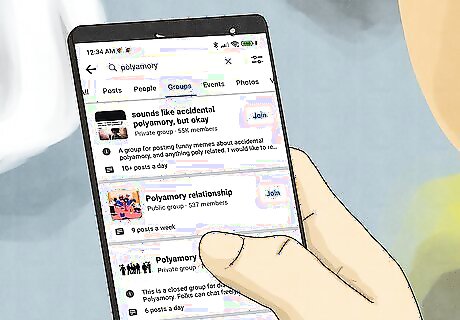
Make new friends in poly groups on social media. On the left-hand side of your Facebook News Feed, click “Groups." Search for the terms “polyamory,” “poly,” “ethically non-monogamous,” or “ENM” and join a group that has a large following or has a lot of activity. Visit reddit, use the same phrases, and select “Communities,” the second tab at the top of the page. On either site, you can network with people who can point you in the right direction. Most of these communities discourage personal ads, but you may spark a connection with someone and move the conversation over to private messages. Narrow down your search to groups targeted toward your community—i.e., Polyamory in the Bay Area—if you want to meet someone who’s local. Subscribe to poly accounts on Instagram, TikTok, or other social media platforms. You might befriend other followers and talk about the poly dating scene.

Try out poly speed dating. Many local poly communities, “alternative” scenes, and online groups post “poly speed dating” events on their calendars. RSVP to one and attend to meet other poly individuals in a fast-paced setting where you can immediately test out your chemistry. Prepare questions in advance to make the most of your time and learn what you’re most curious about when you meet someone new. Also feel free to go with the flow and jump into a spontaneous chat when you’re on a quick date. If your poly communities haven’t hosted one of these events yet, suggest organizing one. To see an example of how to promote poly speed dating, check out https://polyspeeddating.com/category/events/.

Attend LGBT+ events. Since LGBT+ spaces focus on alternatives to relationship styles that are both heteronormative and monogamous, they’ll often host classes and events that embrace or support poly dating. Ask a community organizer about any upcoming get-togethers where poly people can meet each other or see if they can refer you to anyone else who’s knowledgeable about the poly scene. Some people consider a poly lifestyle to fall under the LGBT+ “umbrella” because they consider being polyamorous an orientation. If you feel any stigma or judgment due to being “out” as a poly person, discuss these matters with your LGBT+ community. Plan classes and events that will help other poly people come together and feel supported.
Dating Within Your Own Poly Community

Ask a poly friend to set you up with someone. Since your poly buddies know you so well, they might know a person who’s just perfect for you. They may even already be dating someone who’s also poly and happens to have a crush on you. When you reach out to a close contact who’s in the same lifestyle you are, a ton of possibilities could open up. If you are interested in dating a friend’s partner, then discuss expectations in advance and be prepared for regular communication. Describe what you’re looking for so your friend knows exactly how to help out. For example, you can say, “I want someone I can see at least once a week. Do you know anyone who has the capacity for that?” A poly friend will probably also know whether or not someone is “polysaturated,” meaning they’re currently happy with their amount of partners.

Attend a party thrown by a poly buddy. If they’re throwing either a small get-together or an extravagant event, it’s highly likely that you’ll run into at least one or two poly people. If you want to feel more confident about your chances, ask the host if there will be other attendees who are also poly. The host may describe some of them or reveal that everyone arriving is in an open relationship. Once you learn who’s poly, introduce yourself to them and build rapport with conversation starters. For example, you can ask, “How do you know the host?” Bring up ENM or open relationships later—first, just focus on enjoying each other’s company. Whoever you’re talking to might feel surprised if you bring up dating right away.

Invest more time in your poly friends. Sometimes, if you focus less on dating for a while and more on your social life, you find some fun surprises. Maybe you’ll grow closer to one of your buddies and explore a relationship with them. You might also meet someone during a low-key night bowling with your friends. Remain connected to your inner circle and everything else will probably fall into place. It’s important to maintain a strong support network even when you look for a relationship. Ask poly friends for advice about dating someone in your group and about how it might impact your social lives. If you do date your poly friend, discuss the pros and cons of dating each other first.
Talking About Ethical Non-Monogamy

Every poly dynamic is unique, so define what “ENM” means to you. Like any relationship, polyamory—also known as ethical non-monogamy—is designed by the people who take part in it instead of by anyone outside of it. Whether you have one S.O. right now or a whole “pod,” or group of partners, describe a poly relationship every party agrees to. “Polyamory” means “loving many,” but poly can be emotionally intimate or casual. Decide if you plan to practice hierarchical or non-hierarchical poly. The first style prioritizes certain partners while the second does not. Do you prefer kitchen table poly, in which everyone definitely makes time for each other, or do you want relationship anarchy, where they just go with the flow?

Prioritize talks about consent, ethics, and respect. Everyone involved in the search for a poly partner should feel safe and valued. Since you plan to involve another person—or more—into your dynamic, take your future partner’s boundaries and expectations into account. Plan how you’ll negotiate rules, safe sex practices, and fair treatment. This will help you design a poly relationship based on trust. Consider drafting a “Bill of Rights” for anyone entering the relationship. An example line in this document might look like, “While I may be a secondary in your dynamic, I come first in my own life.” Write down important questions to ask in advance. One of them might be, “Would you like to meet all my partners before dating me more seriously?”

Talk about ideals other than just sexual intimacy. Remember that sex is just one element of a relationship. If you want to attract a special person into your life, then clarify ways you’d like to bond outside of the bedroom. Is it important to share the same hobbies, or are you more interested in someone who has strong family values? When you specify what you want, it’ll be easier to find a compatible partner. Do you believe that similarities keep people together, or do you like how poly draws people from different backgrounds into your life? Do you find it important to be selfless and cooperative, or are you more motivated by freedom and independence?

List reasons why you believe in polyamory or ENM. Whether someone’s new to poly or they’ve been in the scene for a long time, they’re more likely to be impressed and pursue a relationship if you’re confident about your lifestyle. Plus, when you communicate why poly offers so much to you and your partners, the dynamic will sound sustainable and rewarding. Reveal how your past shaped the poly you practice with a remark like, “Before, I felt like I had to hide, but now I can be transparent about my desires.” Discuss how you’re thriving today with a comment like, “I feel like I’m surrounded by my best friends, and it gives me so much emotional safety.” Share an optimistic outlook like, “Because everyone will keep talking about how to make sure their needs are met, I believe my relationships will remain strong.”
Tips for Healthy Poly Relationships

Check in with yourself and see if poly’s right for you. Have you enjoyed this relationship configuration and the opportunities it provides you? If so, continue on your path. On the other hand, if you’ve been experimenting or simply want a different dynamic, that’s completely fine, too. Evaluate where you stand right now and what’s sustainable for you. If you currently have any partner(s), share your outlook on poly with them, too. If you need to adjust your type of poly or shift to a new relationship style, bring that up. Describe any challenges you’ve encountered with poly. For example, you may say, “I need more quality time, so it’s important for me to prioritize that moving forward.”

Take a break from dating if you need to. Whether you’re feeling “app burnout,” where you’re simply too tired to browse any more profiles, or you want some time to just unwind, advocate for yourself. There will always be more time to connect with other people. Reach out to them again when you’re genuinely excited about a new relationship. If it gives you peace of mind, uninstall or delete all the dating apps on your phone. Explain to your partner(s) that you would benefit from taking yourself off the dating market. Try to pinpoint why you need some space. For instance, you can say something like, “I’m feeling really vulnerable right now and prefer to spend time with people I already know.”

Pursue people who are already poly. Set yourself up for success and benefit from easier conversations by beginning relationships with individuals who identify as polyamorous. To avoid unnecessary emotional exhaustion, minimize or avoid connections with people who are unsure about poly relationships or completely against them. You’ll probably feel a lot more secure investing in people with similar values. Ask people how long they’ve been in the poly lifestyle and if it makes them happy. Provide resources to people who are curious about poly and wait until they’ve provided feedback or opinions before exploring a connection.

Seek out advice from experienced poly people. If you’ve encountered a relationship challenge you didn’t predict—like how to balance the needs of a live-in partner and a significant other who isn’t part of your household—reach out to someone who can empathize. Whether they’re your friend in real life or a thoughtful user online, you’ll have a lot of wisdom to draw from. Start a dialogue with someone who has a similar situation to yours and ask how they’ve been successful in their poly relationship. If you still haven’t received advice that addresses your particular struggle in poly, write an anonymous post on a discussion board. That way, multiple users can deliberate over how to help. There are even resources from relationship coaches who specialize in advising poly clients.













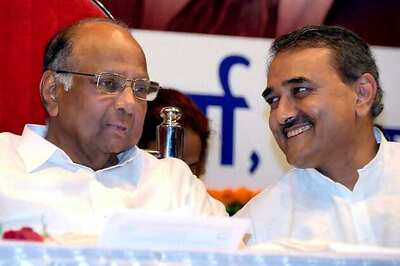




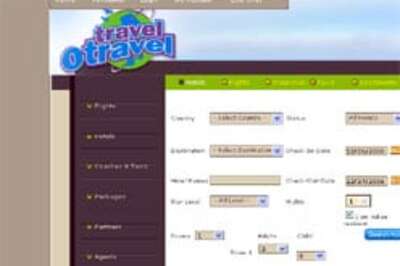
Comments
0 comment